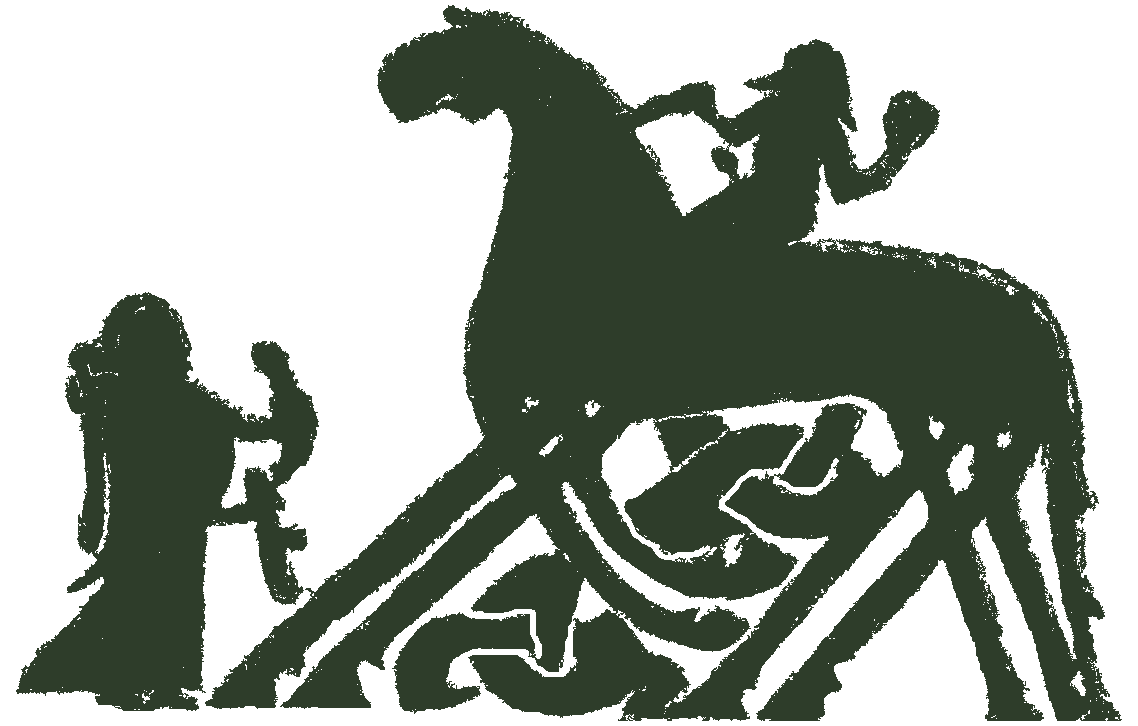8. Place names
This is not currently part of the peer-reviewed material of the project. Do not cite as a research publication.
Place names present a different set of problems for semantic linking. They have considerable potential in the study of pre-Christian religion by connecting lexical information about the religion to the geography of Northern Europe (Brink 2007, 106‑7).
Place names have a similar base in textual evidence as the other phenomena represented here. The textual sources for names can therefore be incorporated into the same structure. The link between the text, a religious being or phenomenon, and a place is complex and may be structured in the following way: a section of text contains a series of words, one or more of which may be a relevant place name. The words are linked separately, and the place name itself is then linked to a particular place (the modern place, or other names for the place, should be distinguished from the linguistic information). The words can also be linked to a table of dictionary headwords and broken into the elements required for analysis relevant to religions, namely, two or more components of a compound, where relevant. The dictionary headword can then be linked to the names table presented above, which makes the linguistic connection between a word and a being or other phenomenon relevant to the project.
For example, the place Torsburgen on the island of Gotland is an identifiable location. It is first mentioned in Guta saga in chapter one, which is found on fol. 43v of Stockholm ms. B 64. The name used is ‘þors borg’ which can be linked to the dictionary headword ‘þórsborg’ (using the West Norse form for convenience, but different versions in cognate languages can also be linked in the same entry). This can be linked by a further table back to the dictionary lemmas as two parts of a compound (‘Þórr’ and ‘borg’). The word ‘Þórr’ can be linked to the god via the names table (Figure 10).
Figure 10: Links between beings, place names and their sources
The level of reference to original texts may beyond the scope of the proposed project, as place name archives draw upon large numbers of sources which may otherwise be irrelevant to the project. However, even without such detailed reference this structure will be able to provide sufficient potential for analysis.
The links to the text provide the earliest known and subsequent dates for the naming of a place, as well as potentially the geographical location of the evidence for the naming. This can be used to build maps of theophoric names. Similarly, other place-name elements (such as lundr ‘grove’) which may have significance for religious beliefs and practices can be used to build maps by the same mechanism. For example, theophoric place names which relate to groves as potential sites of worship can be represented on a map (see section 12 for examples).
